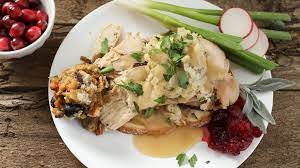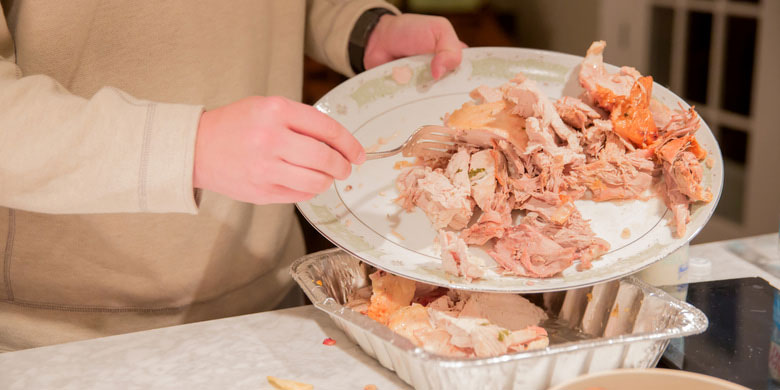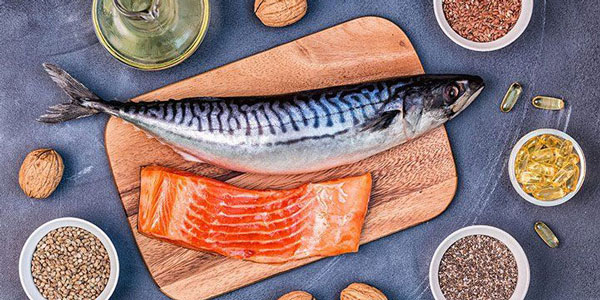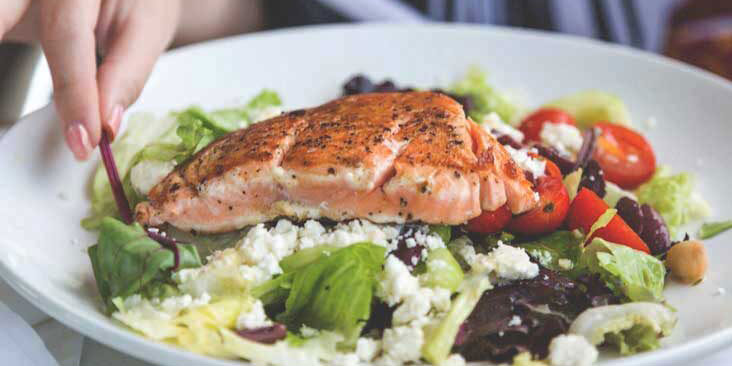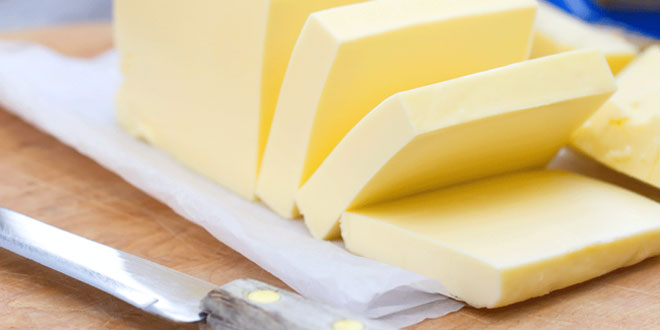A general rule of thumb is to throw away any food that has been out at room temperature for more than two hours. According to the guidelines established by the United States Department of Agriculture, any food left out for that length of time is immediately moved into the "danger zone."
The temperature range between 40 and 140 degrees Fahrenheit is referred to as the "danger zone," and it is during this time that food enters a state in which it is no longer safe to consume. Food considered perishable, such as turkey, has a limited length of time before it is considered to have entered that zone. Therefore, if you had a Thanksgiving feast that lasted longer than those two hours or left food out for longer, you should throw it away.
Have you put your food away in the refrigerator before that time? Awesome! The United States Department of Agriculture (USDA) advises consuming leftovers stored in your refrigerator within four days. I'm sorry to tell you; the time limit for Thanksgiving leftovers has expired. After that time has passed, there is an increased possibility of getting a foodborne disease from them.
According to Darin Detwiler, "the Monday following Thanksgiving should stand as a reminder that this is the final day to consume leftovers safely." Health quotes Detwiler as saying this. And according to Detwiler, the four-day guideline applies to any leftovers, whether turkey, stuffing, mashed potatoes, roasted vegetables, or desserts.
If you want to preserve your leftovers for a bit longer, you can freeze them immediately or within that four-day period, whichever comes first. (It is important to bear in mind that even though the USDA states that food that has been frozen may be consumed safely forever, the flavor may not be as pleasant once it has been thawed.)
What Are Some Potential Consequences Of Consuming Thanksgiving Leftovers After Their Prime Has Passed?
Now let's circle back to the idea of a "danger zone." The name comes from bacteria reproducing at their quickest rate at temperatures falling within that range. According to the United States Department of Agriculture (USDA), bacteria in a "risk zone" may more than treble their population in as little as 20 minutes. Therefore, if you consume food after it has cooled down to such temperatures, there is an increased possibility that you may get sick from a foodborne pathogen.
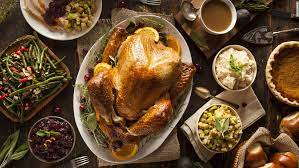
According to Detwiler, even if you managed to get at least part of your leftovers into the refrigerator before their temps reached room temperature, there is still the possibility of cross-contamination from the leftovers that weren't able to make it in on time. The increased frequency with which individuals access food containers boosts the possibility that these individuals may add new germs to the existing population.
A Guide To Keeping Your Thanksgiving Leftovers Risk-Free
To reiterate, it has long since passed when it was still OK to consume the Thanksgiving leftovers stored in your refrigerator. On the other hand, moving forward, there are a few things you can do to increase the safety of your leftovers:
- Please keep them in containers that are not too deep. According to Detwiler, "this will assist in cooling leftovers more quickly than keeping them in big containers, since the partially insulated interior sections of the meal are able to cool swiftly as well." This eliminates the need to place items and remove them from bigger containers repeatedly.
- Ensure that your leftovers are reheated to a temperature of at least 165 degrees. The United States Department of Agriculture recommends bringing all liquids to a boil before consuming them, including sauces, soups, and gravies. If you care about your health, you should check your temperature. According to information provided by Ellen Shumaker in an interview with health, "When reheating leftovers, make sure that they are warmed to 165 degrees using a food thermometer."
- To ensure that the food is heated uniformly in the microwave, cover it and rotate it. The USDA warns that if you do this, there's a chance that parts of the dish's core will be cooked adequately.
According to Shumaker, it is OK to allow apple pie and other fruit pies to be stored at room temperature for that four-day window. She adds that the sugar and pH levels prevent germs from forming in the pies since they are baked. "But other pies, such as custard pies, sweet potato pies, or pumpkin pies, should be kept in the refrigerator since, even if they have a high sugar content, their pH is not low enough to prevent the development of germs," the author writes. "
